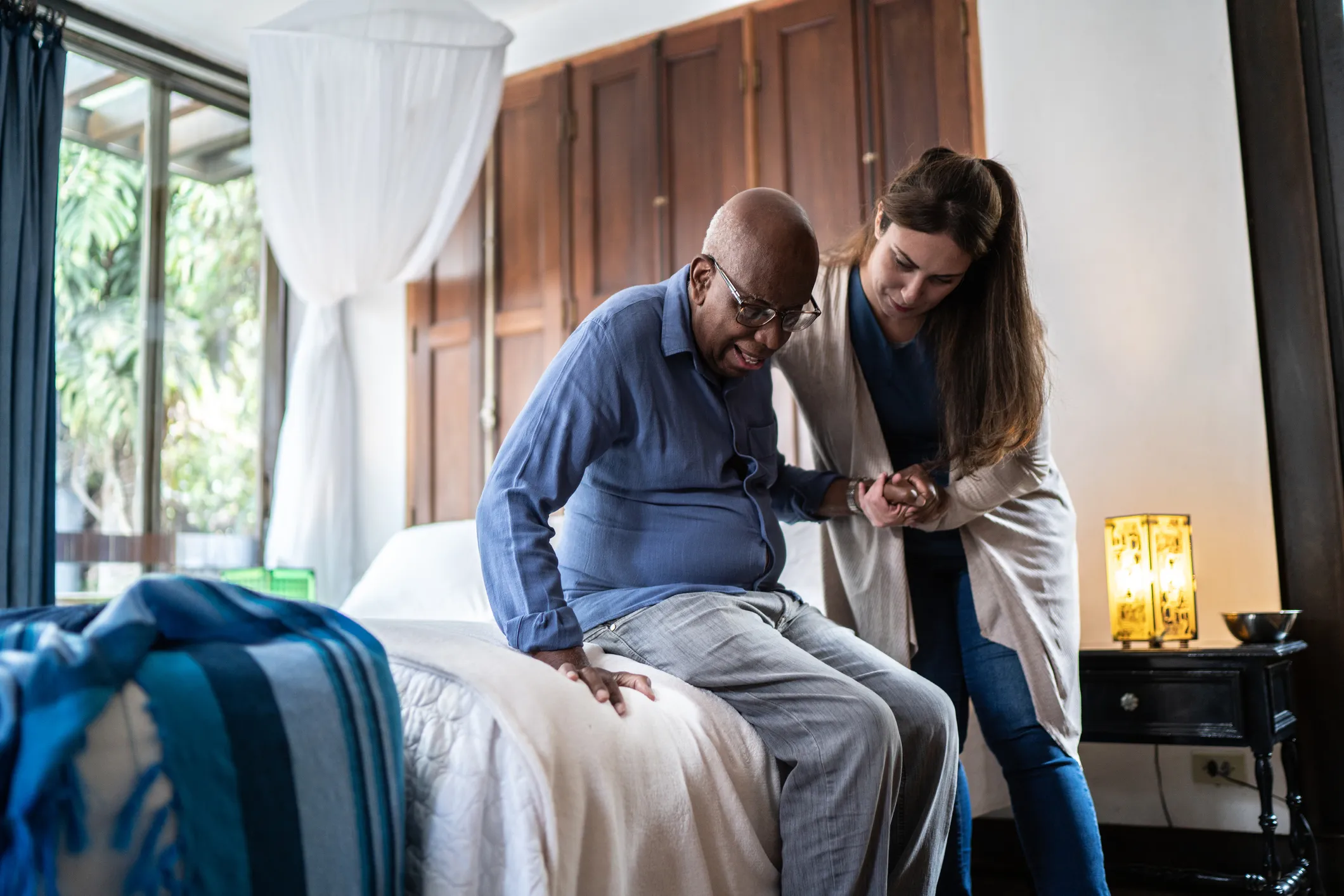Hospice care is a specialized type of care that is designed to provide comfort and support to individuals who are facing a life-limiting illness or condition. Hospice care aims to enhance the quality of life for patients and their families by addressing their physical, emotional, and spiritual needs. Physical therapy can be an essential component of hospice care, helping patients to improve or maintain their physical function and reduce discomfort.
Pain Management
Pain is a common symptom for individuals receiving hospice care. Physical therapy can help to reduce pain by improving posture, strengthening muscles, and increasing flexibility. Physical therapists may also use modalities such as heat, cold, and massage to provide pain relief.
Mobility
Many individuals receiving hospice care may experience limited mobility due to their illness or condition. Physical therapy can help to improve or maintain mobility, making it easier for patients to perform everyday activities and maintain their independence. Physical therapists may use assistive devices such as walkers or canes to support patients in their mobility.
Respiratory Function
Respiratory issues can be a significant concern for individuals receiving hospice care. Physical therapy can help to improve respiratory function by strengthening the muscles used in breathing and teaching patients breathing techniques to manage shortness of breath.
Balance
Poor balance can be a significant safety concern for individuals receiving hospice care. Physical therapy can help to improve balance and reduce the risk of falls through exercises that focus on strengthening the core and lower body.
Overall Quality of Life
Physical therapy can have a positive impact on a patient’s overall quality of life by reducing pain, improving mobility, and enhancing the ability to perform daily activities.
Collaborative Care
It is important to note that physical therapy in hospice care is not focused on curing the underlying illness or condition. Instead, the goal is to improve or maintain physical function and provide comfort and support to patients. Physical therapy is typically provided in conjunction with other hospice care services, such as nursing, social work, and spiritual support.
Personalized Care
A physical therapist can work with patients to develop a personalized plan that meets their unique needs and goals, helping to ensure that they receive the best possible care and support.
Conclusion
Physical therapy can play an essential role in hospice care, helping to improve the quality of life for patients and their families. If you or a loved one is receiving hospice care, talk to your healthcare provider about incorporating physical therapy into your treatment plan.
A physical therapist can work with patients to develop a personalized plan that meets their unique needs and goals, helping to ensure that they receive the best possible care and support. By working together, healthcare providers can provide comprehensive and compassionate care for individuals receiving hospice care.
Read Also:
Healthy eating basics | Heart and Stroke Foundation
What Is the Difference Between Hospice Care and Long-Term Care?

